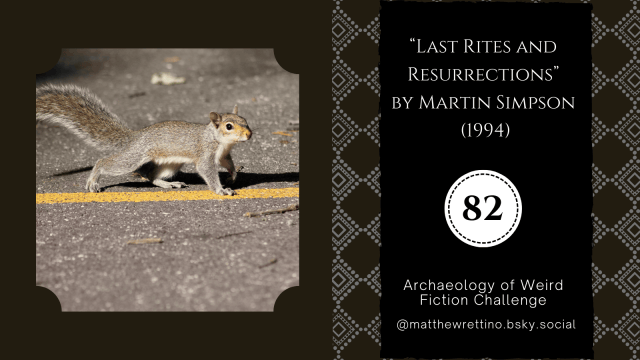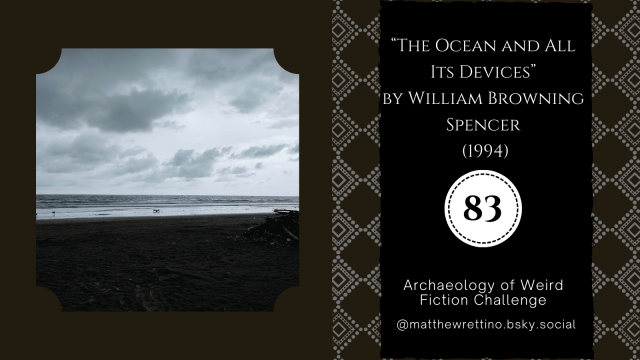Cole's Notes on the Highland Clearances
The edits for Pilgrimages are sent, and I’m communicating with my editor, Devon Gallant, about the cover. I’ve decided on an atmospheric cover featuring a Viking ship that I can’t wait to show to you. I think it really captures the theme that Pilgrimages as a journey, like the voyage of Saint Brendan.
Today’s story will include my Cole’s Notes on the Highland Clearances. I’ll also provide an update on my #WeirdFictionChallenge. You can also catch me at Accent on September 7th.
Stories behind the poems:
“Clearances”
The Highland Clearances began after the Battle of Culloden, a tragic set-piece battle which I wrote about way back in 2013. Culloden pitted the red-coats of Hanoverian king George II, led by the Duke of Cumberland, against the Highlanders of pretender Charles Edward Stuart, or Bonnie Prince Charlie. The battle was essentially a clash between two rivals families with Highlanders fighting for either side depending on their allegiance.
The battle itself resulted in a devastating blow for the clan system in Scotland. Two Highland Chiefs lost their lives and many Highlanders were killed. In the reprisals against the rebellious Jacobites (the followers of Charles Edward Stuart), the Hanoverians imposed their army on Scotland and banned the wearing of the feileadh mòr, or grand kilt, and the Gaelic language.
The battle and reprisals that followed broke the clan system. Previously, tenant farmers paid rent to the tacksmen of their clan chief, and though the amount could be higher than some tenants could pay, the chief’s power depended on being able to summon fighting men to his side. This meant the people themselves had value to him even if they couldn’t pay.
After Culloden, the chiefs were no longer capable, or interested, in summoning the clans, and more interested in land speculation and increasing their capital. The Scottish economy was integrated with the capitalist marketplace, meaning that raising sheep became more money-making than hounding poor tenant farmers for their rents.
I am presently reading John Prebble’s The Highland Clearances, a 1960s work that is still a classic today. In his first chapter, he details the 1790 Ross-Shire Sheep Riot, in which the men of Ross drove a large flock of sheep away from their farms in protest. However, the law and the army ultimately took the side of landowners, defending property rights. This would establish the precedent that speculators investing in sheep could call upon the forces of the state to defend their rights, even to the point of evicting tenants by force if needed.
What followed over the course of decades was the Clearances. While some tenants were indeed evicted by force, their homes burned, most tenants succumbed to economic pressure to move to the cities or emigrate, leaving the lands they’d tilled for generations. Some left Scotland for the United States, others came to Canada, and still others to Australia.
Scotland is now largely emptied of the many people who used to live in the rural areas. Though this creates the romantic impression of an untamed, wild land today, the Clearances remind us that this happened because, in Pebble’s words, landowners preferred sheep to men and “bayonet, truncheon and fire were used to clear them from their homes.”
“In all of Britain only among [the Highland hills] can one find real solitude, and if their history is known there is no satisfaction to be got from the experience,” he says.
Much more can be said about the Highland Clearances. I recommend reading John Prebble’s The Highland Clearances if you can. I would also recommend the two episodes in the podcast Unearthed about the Clearances.
My poem “Clearances” attempts to capture this sense of the vanished people. It uses the via negativa to describe the effect of the Highland Clearances on the landscape and people of Scotland. In other words, I use negative statements to describe what is there by what describing what isn’t:
“The house is not the house you remember / the tenement is not the tenement [...] the clan lands do not have the clans. / The Gaels do not have the Gàidhlig.”
It also touches upon what changes year to year, decade to decade in one’s memory—or in the collective memory. I tried to locate, roughly, the street where my grandfather grew up in Scotland and the croft house where his father grew up. Locations can be such a tricky thing to nail down. I may have succeeded at finding the croft house, but doubt can always be thrown on it, and the reality might be more complicated than I had assumed. For that reason, “the house is not the house you remember.” Time makes a clearance of our memories.
Appearance: September 7th
I will be reading “Clearances” at the Accent Open Mic on September 7th at La Marche à Côté. The event begins at 8pm. Note that these open mics have a tendency to go past 11pm.
Archaeology of Weird Fiction Challenge
Every Monday I post a new reflection on a weird tale in Ann and Jeff VanderMeer’s The Weird: A Compendium of Strange and Dark Stories.
You can follow me on my journey through weird fiction by reading along to the free texts linked below. I also advise buying the anthology from a local bookstore if you can!
Last week’s story was Martin Simpson’s “Last Rights and Resurrections,” about a man who gains the ability to speak to deceased pets and wild animals, leaving them at peace as they enter the next life. It’s a real tear-jerker—easily the most sentimental short story in this collection of unsettling horror tales.

This story is available for free on Martin Simpson’s website.
This week’s story is “The Ocean and All Its Devices” by William Browning Spenser, about a proprietor of a seaside resort who receives the same off-season couple each year accompanied by their strange, sickly child. Something very strange is revealed to be lurking in the ocean when they visit...

You can read “The Ocean and All Its Devices” on the Internet Archive. There’s also a review on SF Site.
Writing Prompt
Walk along the via negativa. Describe a setting or a character purely through negative statements. Think about how absences define them and then describe what’s there by what isn’t, or what the character’s life is like now based on what they’ve lost, refused, abandoned, or left behind. How does this exercise change how you look at things?